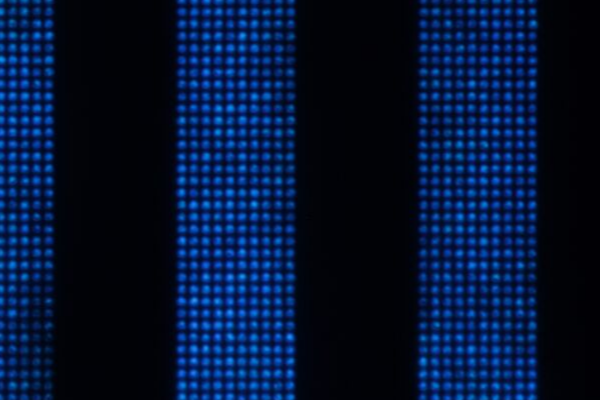Micro LED display technology based on self-emitting pixels delivers advanced contract ratio, high brightness and wide color gamut. Many believe that the technology is bringing revolutions to the display industry and can be widely adopted in different forms of applications. However, after years of development with more and more players joining the ecosystem, the fundamental issues for mass production are yet to be tackled.
The most well-known difficulty of Micro LED display manufacture is mass transferring as most of the LED companies do not have equipment capable of process such great amount of microscopic LEDs in required time and cost. In addition to developing enhanced transferring technologies, employing semiconductor processing for Micro LED could also be a way.

(Image: Plessey)
Lately Sharp has reportedly developed Micro LED displays through its semiconductor subsidiary Sharp Fukuyama Semiconductor and built a 0.38-inch full color panel featuring 1053 PPI and a 0.13-inch blue display with 3000 PPI. The results may indicated the feasible approach of utilizing semiconductor processing equipment for Micro LED display manufacture.
Roger Chu, analyst of TrendForce, also pointed out that Taiwan’s leading semiconductor maker TSMC could leverage its expertise in semiconductor process and provide its equipment to advance Micro LED transfer and bonding technology. In fact, the location of Apple’s new facility in Taiwan, the rumored Micro LED technology R&D center, is close to TSMC’ facility. The two companies may extend their partnership to push Micro LED technology development through semiconductor technology deployment.
Moreover, Micro LED wafer base on silicon instead of sapphire is a trend in the industry as well. Combing GaN-on-Si technology and semiconductor wafer process equipment, the progress of Micro LED display technology may move even faster.
What else are the current challenges for Micro LED and Mini LED display technology? Join 2020 Micro LED Forum to learn more!






 CN
TW
EN
CN
TW
EN







